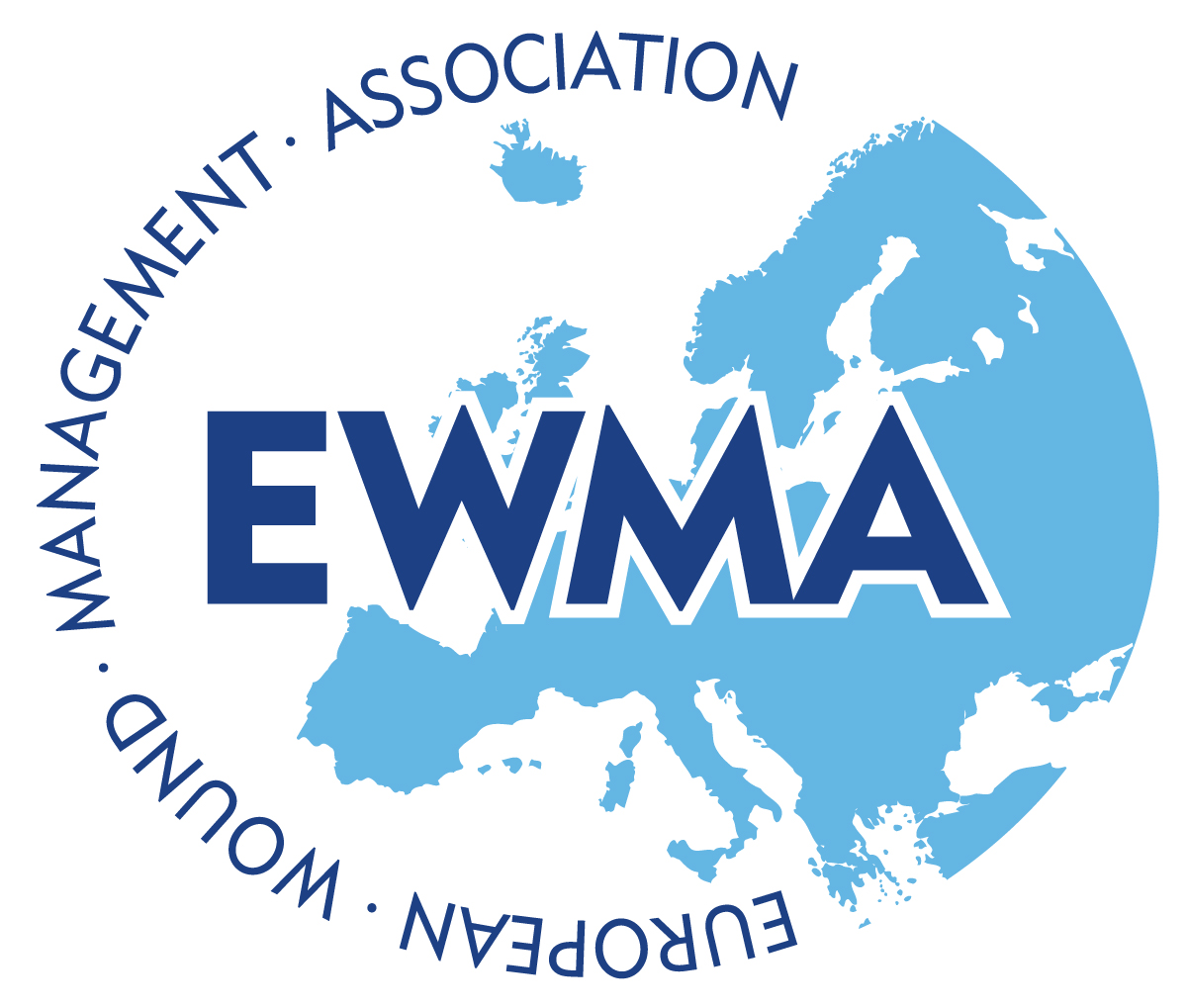 Enterocutaneous (ECF) and entero-atmospheric fistulas (EAF) can create a challenge for the certified wound clinician. The hope is always that the fistula will spontaneously close while at the same time managing the current situation.
Enterocutaneous (ECF) and entero-atmospheric fistulas (EAF) can create a challenge for the certified wound clinician. The hope is always that the fistula will spontaneously close while at the same time managing the current situation.
Back to basics…
A fistula is an abnormal connection between two structures. In wound care, we see many types of fistulas, often classified by the structures that are connected or by the amount of output noted. Two types that are often seen are the enterocutaneous (intestine to the skin) and entero-atmospheric (intestine to the open wound). These may then be classified further into high, moderate, and low output fistulas. A high output fistula is one that produces >500ml/day, moderate is 200-500ml/day, and low is <200ml/day.
Spontaneous closure is the goal for the patient with an ECF or EAF and is often achieved with time, patience, and conservative management. Many factors contribute to the development of EC and EA fistulas and therefore should be considered when managing and encouraging spontaneous closure. For example, was the fistula caused by a surgical event or does the patient have a history of Crohn’s Disease? Has the patient had previous radiation therapy, or do they suffer from malnutrition? Do they have a history of peptic ulcer disease or an intra-abdominal abscess? Each of these factors, if applicable, will affect the treatment plan and how the patient responds to therapy.
Several general management guidelines are appropriate for any fistula, regardless of the etiology. They are defining the fistula, fluid andelectrolyte replacement, infection control, skin protection, and nutrition.
Defining the fistula refers to identifying the communicating structures, and in so practitioners gain a better understanding of the specifics of management. For example, a small bowel fistula will likely have higher output, need greater nutritional management, and meticulous skin protection.
Fluid and electrolyte replacement is extremely important, as well, particularly when managing those fistulas involving the small intestine or whose output is >500ml/day, or high output. Patients with high output fistulas are at risk for dehydration, as well as electrolyte imbalance and its sequelae, much like a high output ileostomy.
It is also important to identify and treat sepsis. Often the infection is a concern due to spillage of intestinal contents into the abdominal cavity and the resulting inflammation decreases the chances of spontaneous closure while increasing the chances of further fistulation.
Small bowel contents are very corrosive to the skin and require meticulous skin care to prevent skin breakdown.
And finally, nutrition…
The nutritional variables that one might evaluate are the current nutritional status, current health status, past medical history, amount of fistula output, and how nutrition will be administered, enterally versus parenterally. How is the mode of nutrition determined? If utilizing parenteral nutrition, for how long?
Each of the steps to managing fistulas, previously listed, requires consideration of nutritional status:
- Ensure there is no active sepsis. If so, treat it. Sepsis causes hypercatabolism which carries with it increased nutritional requirements. A high output fistula may require as much as twice the baseline protein and caloric intake, approximately 2.0g/kg/day and 40kcal/kg/day respectively. Can the patient obtain these requirements with TPN? Would an enteral diet cause an increase in output?
- Optimize fluid and electrolyte status. Fistulas, especially those that are high output, can lead to excessive loss of protein-rich fluids and electrolytes. Not only can loss of fluid lead to hypovolemia and circulatory failure, but the corresponding loss of electrolytes may also cause any number of problems from weakness to EKG abnormalities. Is the patient physically able to take in the required fluid and nutrients?
- Protect peri-fistular skin. Different modes of nutrition can affect the amount of fistula effluent which may then influence skin integrity and cause skin breakdown. Is the patient’s diet affecting the amount of output? Are there pouching issues and leakage due to increased output?
Now that we see how important nutrition is in the management of EC and EA fistulas, how should it be administered? Shouldn’t the bowel have an opportunity to rest? With input into the bowel, won’t there then be output? And won’t the output flow through the fistula minimizing the chance of spontaneous closure? In the mind of this wound nurse, this is a dilemma…
Current evidence suggests that for a low output fistula (<200ml/day) a short course of bowel rest may be attempted with or without TPN. The patient should be monitored during this time for decreased output and spontaneous closure. If no spontaneous closure, consider reintroducing oral intake and manage the fistula like an ostomy until the nutritional status is optimized. One may then consider surgical closure after approximately six months or so.
For a high output fistula, which often involves the small bowel, nutritional maintenance with an enteral diet is more challenging due to the greater losses of nutrients via the fistula and the likelihood of further increased output with increased oral intake. TPN is a viable option for longer periods, in this scenario, leading to surgical closure after approximately six months as well.
The bottom line is that the patient needs adequate nutrition for maintenance of life, wound healing, and fistula repair, whether spontaneous or surgical. Each patient will be different and each situation unique. It is important to look at the “big picture” and not assume each patient will respond in the same way to the same therapies. Personalize therapy to meet the individual needs of the patient while considering the ultimate goal of successful fistula closure.
References:
Bryant, R.A. & Nix, D.P. (2016). Acute & chronic wounds: Current management concepts (5th ed.). St. Louis, MO: Elsevier.
Stein, S.L. (2019). Enterocutaneous and enteroatmospheric fistulas. Retrieved from https://www.uptodate.com/contents/enterocutaneous-and-enteroatmospheric-fistulas?source=history_widget.
Willcutts, Kate, Scarano, K, & Eddins, C.W. (2005). Ostomies and fistulas: A collaborative approach. Nutrition Issues in Gastroenterology, 33, p 63-79.


